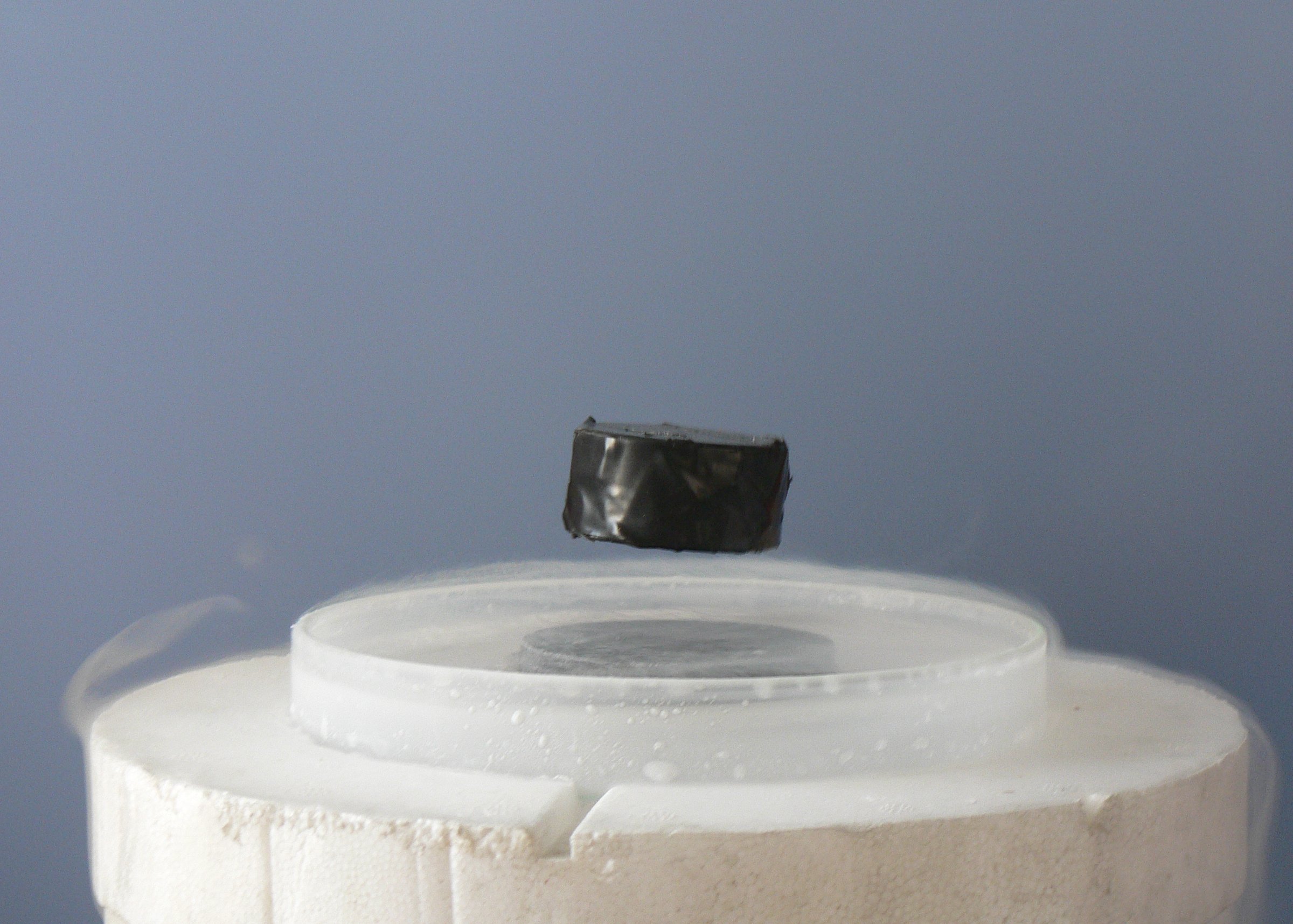
Photo from academic.microsoft.com
Microwrinkle structures with a pitch of less than 100 nm and up to 600 nm on refractory metals like tungsten (W) and molybdenum, which are irradiated by noble gas ions… Click to show full abstract
Microwrinkle structures with a pitch of less than 100 nm and up to 600 nm on refractory metals like tungsten (W) and molybdenum, which are irradiated by noble gas ions such as neon and helium, have been studied systematically. The wrinkle formation mechanism is thought to be a buckling of the hard surface layer supported by the soft elastic substrate, which is induced by a penetration of noble gas species from the irradiated surface. Microwrinkle forms on this structure under lateral compressive strain/stress fields coming from thermal constriction on the way to substrate cooling. Such a process should be anticipated when walls in a fusion reactor are attacked by heat pulses such as edge localized modes and/or vertical displacement events, and therefore might be an initial stage of W surface damage.
Journal Title: Nuclear Fusion
Year Published: 2017
Link to full text (if available)
Share on Social Media: Sign Up to like & get
recommendations!